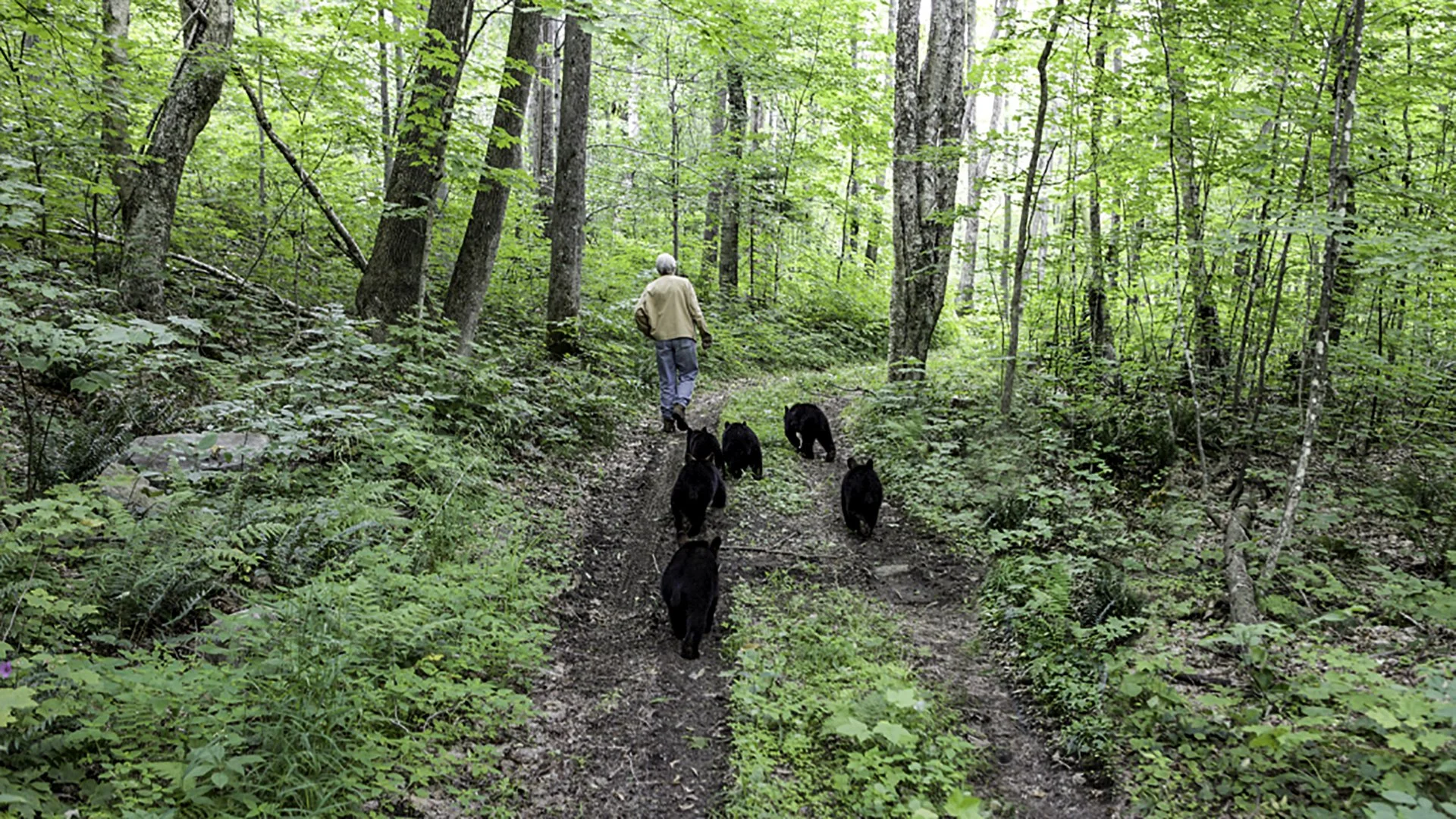Patterns in the Wild ~ Another Summer Look Back
Images courtesy of Kilham Bear Center
How dyslexia shaped Ben Kilham’s extraordinary insight into bear behavior
Ben Kilham is a bear biologist who, for decades, has studied wild black bears in a vast tract of Northern New Hampshire woodlands. He has also taken in orphaned infants - feeding them, walking them through the forest to help them learn about their natural world, and eventually reintroducing them back into the wild. Once free, the orphaned bears still regard him as their mother. One of these bears, now a 20-year-old female, has given him extraordinary access to her daily life, opening a rare window into how she and the wild bears she lives among carry out their lives, raise their young, and communicate. Kilham’s unique findings now interest bear researchers worldwide.
Ben’s dedication to black bears caught the attention of conservationists in China working to reintroduce orphaned pandas into the wild, a collaboration that ultimately inspired the IMAX documentary Pandas.
But his work with bears is just part of Ben’s story - which is (spoiler alert) amazing! Because of his dyslexia, he was long unable to pursue an advanced degree or publish his research, and many of his groundbreaking observations were overlooked. Eventually, with support, he earned a Ph.D. in Environmental Science and shared his insights in the book In the Company of Bears.
In their review, Brock and Fernette Eide, authors of The Dyslexic Advantage, write:
“Kilham perfectly exemplifies how much the world has to gain from the exceptional insights of dyslexic individuals, who often possess a special talent for finding order hidden in the complex patterns of the real world.”
To listen to Ben’s SPI story, click here.
From Ben’s SPI recording:
“When the time came that I was studying bear I was interested in their behavior, and bear behavior - or the behavior of any animal - is invisible. You make an observation and you have to relate it and eventually build a mechanism or system. [The world is comprised of systems] and the nice thing about them is they all have pieces. They are all interrelated and they all have to work in the end. I realized that my observations - even though sometimes it was only one - it was not a quantitative data collection gathering in a narrow window over a short period of time [the way] science likes to do it, but it was a gathering of lots of different observations over a period of time and then connecting them to each other. My mind automatically connects things. It figures out where they go and what the relationships are. The more observations you get the more accurate your outcome is.”
About Story Preservation
Our Mission: Story Preservation Initiative believes in the transformative power of story to connect people around our common humanity and create a better future.
Our Work: We are a leading producer and online distributor of original, content-rich audio-based narratives for K-12 students. SPI stories are the raw materials of history, roadmaps to scientific discovery, and windows to the minds of artists and skilled tradesmen and women.
What We Achieve: SPI brings listeners into personal contact with extraordinary people whose stories engage their hearts and minds, imparting content knowledge and fostering curiosity, creativity, and critical thinking as they open doors to possible career paths in professions associated with the arts, sciences, humanities, and skilled trades. We are fully open-source.
When educating the minds of our youth, we must not forget to educate their hearts.
Visit us here www.storypreservation.org





